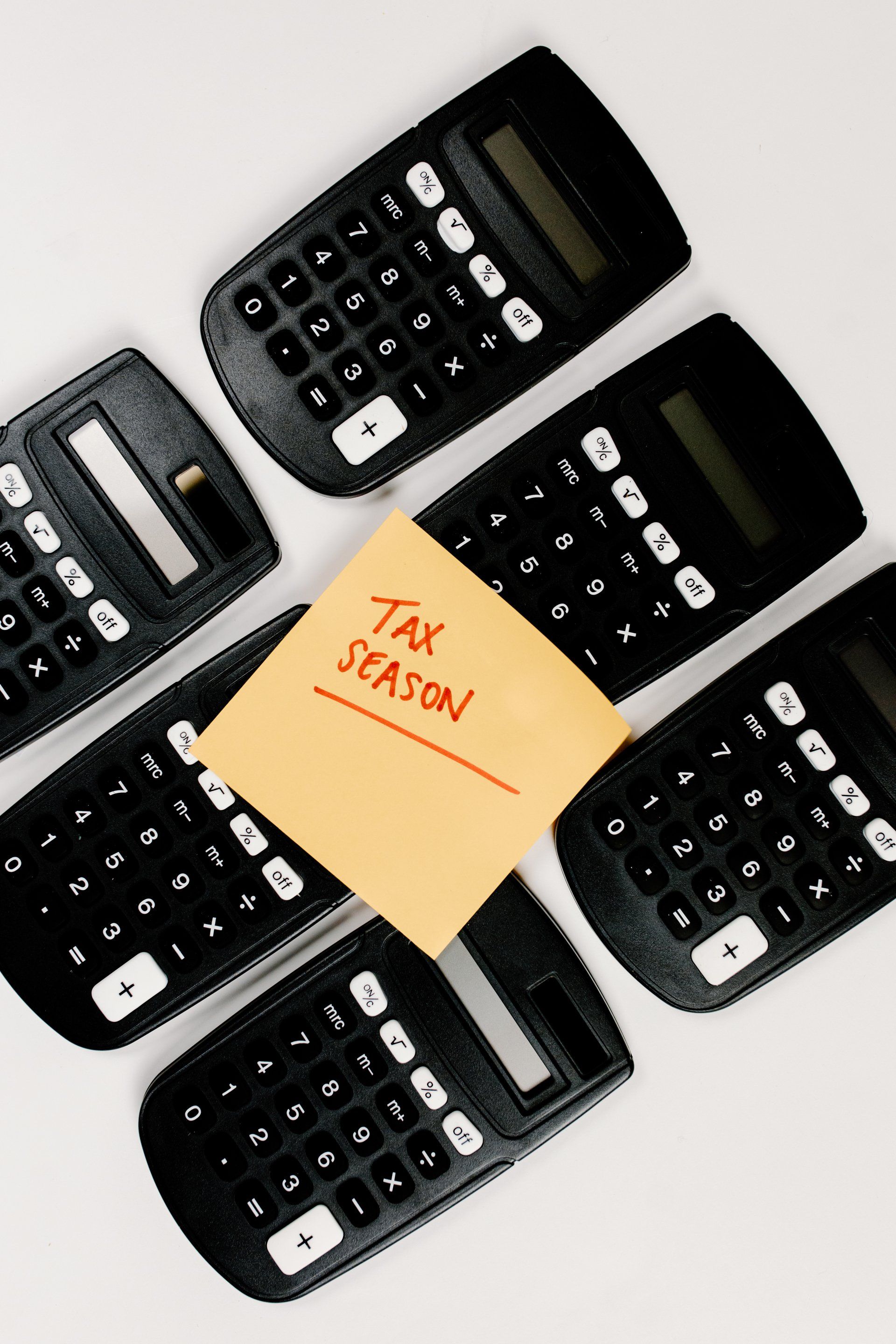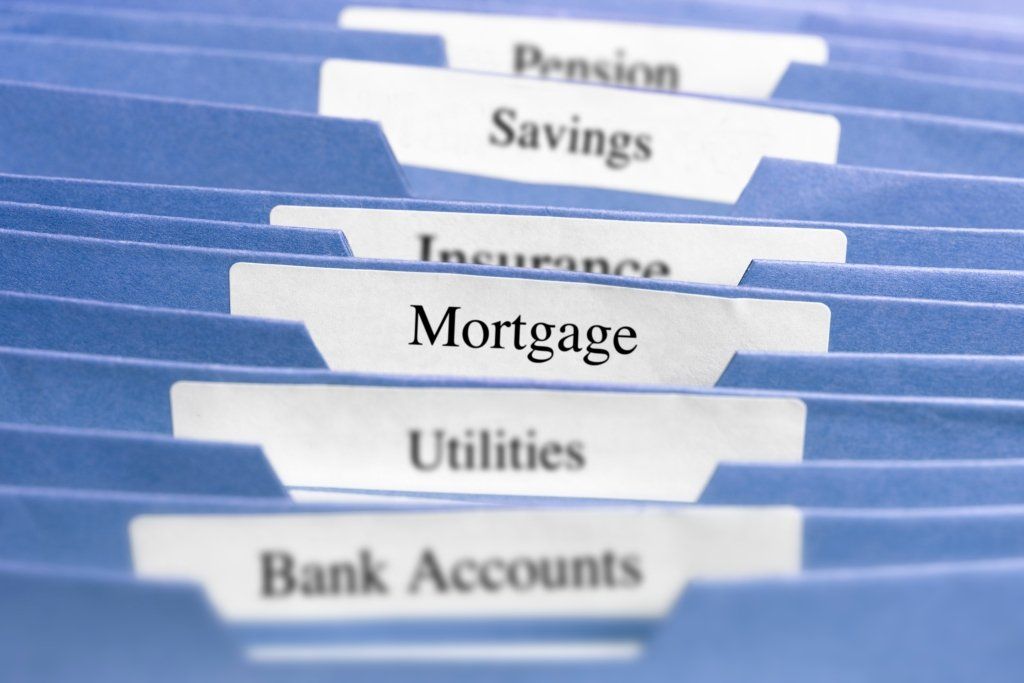October 26, 2021
Did you hear the one about the dog who wrote a love letter? Not to his owner, but to a home seller. Well, actually the dog’s owner wrote the letter in Buddy’s voice, describing how wag-worthy the house was and how much he craved a game of fetch in the backyard. Doggie ghostwriting, which happened IRL, is just one example of how home buyers are using creativity to try to get their offer accepted. It sounds harmless enough. But buyer letters to home sellers can unintentionally create Fair Housing Act discrimination and risks for buyers, sellers, and their agents. How Love Letters to Home Sellers Work “A love letter is any communication from the buyer to the seller where the buyer is trying to set themselves apart,” says Deanne Rymarowicz, associate counsel at the National Association of REALTORS®. “ It could be an email, a Facebook post, a photo. Some buyers send elaborate packages with videos and letters. The communication has the intent of ‘pick me, and here’s why.’” Buyers who write the letters typically send them to the listing agents, along with their offers, says Paul Knighton, CEO and cofounder of MORE Realty in Tigard, Ore. “They ask, ‘Would you please pass this along to the sellers?’ They’re trying to do what they can to get their offer accepted, especially in a competitive market.” Letters Can Risk Violating Fair Housing Act While these love letters may seem harmless enough, they can create a problem if buyers accidentally reveal information in one or more of the seven areas protected by the Fair Housing Act, Rymarowicz explains. Those areas are race, color, religion, sex, disability, familial status, or national origin. “Buyers could say something like, ‘this is down the street from our temple,’ or ‘the hallways are wide enough to accommodate my wheelchair.’ Anything that provides personal information related to one of the prohibited bases for discrimination could result in a violation if a seller makes a decision based on that information.” Do Love Letters to Home Sellers Work? In addition to creating potential risk, love letters to sellers aren’t all that effective, Knighton says. A case in point: Several years ago, one of his clients got 14 offers overnight, ranging from $219,000 to $250,000. “A person who offered $225,000 wanted to send a love letter. I said to him, ‘You’re writing an offer that’s $25,000 under the highest offer. A letter’s not going to help.’ He wrote it anyway, but the seller didn’t even read it and took the higher offer. The offer needs to stand on its own.” Beyond ignoring the letters, some sellers may be completely turned off, Rymarowicz says. “They may think, ‘This is a financial transaction.’” Even the circumstances can suggest Fair House Act discrimination, she explains. Say that an offer with a love letter got the house but was less attractive than an offer without a letter. “If the losing buyer doesn’t share characteristics of the seller and the winning buyer does, you could potentially have a situation. If sellers accept love letters, it’s more important that they document the basis of their decision when selecting a winning offer.” Tips to Avoid Violating the Fair Housing Act Here are five tips to avoid risk of violating the Fair Housing Act: 1. Keep the contract in mind: Knighton says real estate pros at his firm talk to buyers and sellers about contract boundaries. “We say, 'Please don’t communicate with the other party, because we are in contract negotiations and need to manage time frames.'” 2. Focus on objective information: Find ways to differentiate yourself on objective terms. And talk to the agent about how to improve the substance of your offer, Rymarowicz advises. “Can you make a larger earnest money deposit? Can you give them a longer closing date?” 3. Proceed with caution: The NAR discourages buyer letters to home sellers and advises caution, according to Rymarowicz. 4. Talk to your agent: Don’t be surprised if your real estate agent brings up the subject. “If you’re the seller, the listing agent may talk to you about the potential for Fair Housing violations. They may ask if you want to accept the risks,” Rymarowicz says. If the agent doesn’t raise the subject of buyer letters, the buyer or seller can do so. 5. Know your state law: Oregon passed a law governing how letters to home sellers are used. “Effective January 2022, a seller’s agent must reject any communication from a buyer other than customary documents,” Knighton says. Even if a buyer letter to a seller focuses on the property and not the buyer, there’s little to be gained, Knighton says. “There’s risk, but the reward isn’t there. Instead, focus on writing a really strong offer. That’s what has to stand out.”










